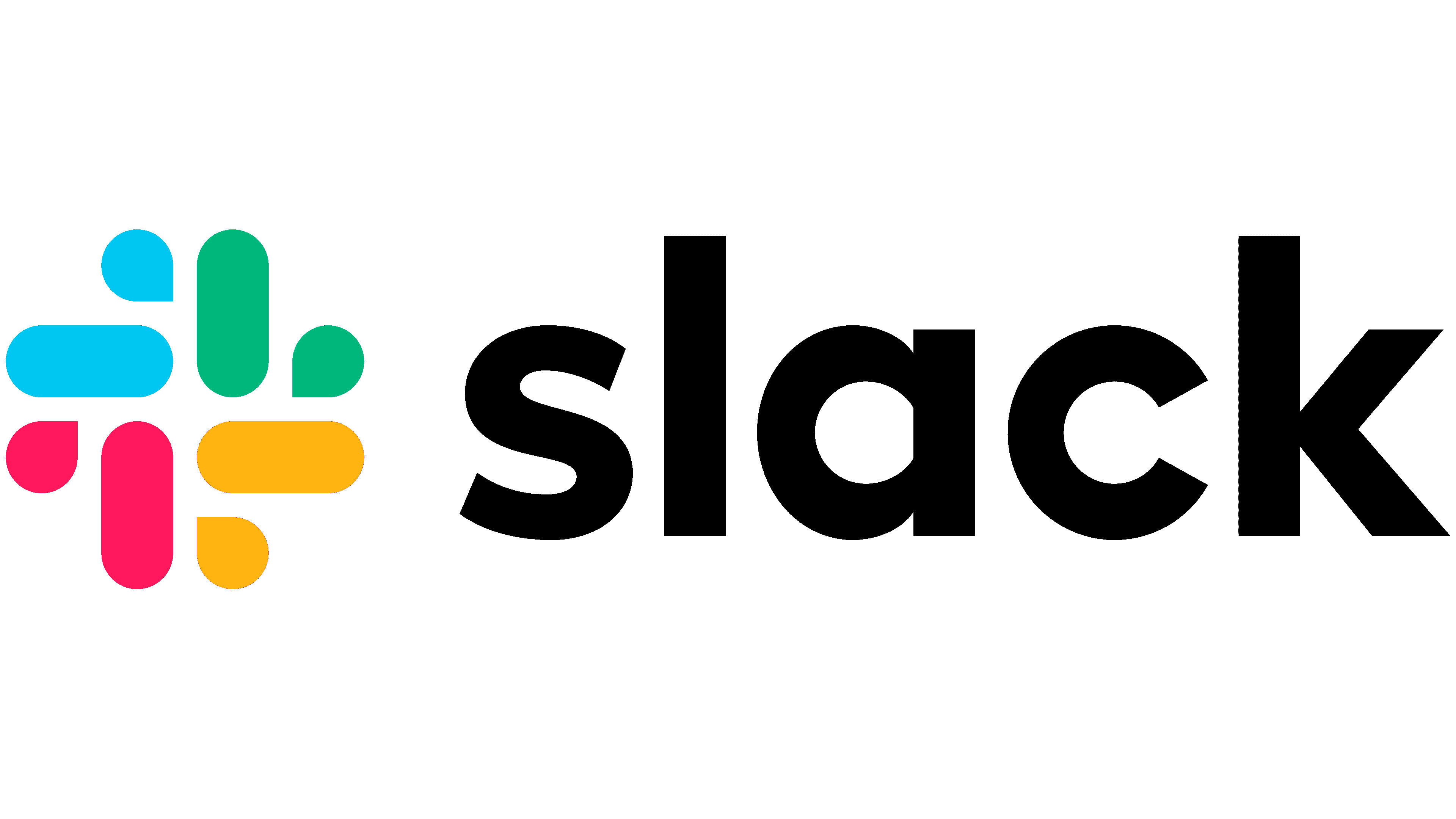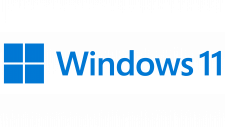Slack Logo
Slack is a digital communication tool revolutionizing team collaboration. Operating via channels and direct messaging, it streamlines interactions, making team discussions organized and efficient. Beyond just text, users can share files, integrate third-party apps, and customize notifications. Its search functionality ensures no information gets lost. Ideal for remote teams or office-based setups, Slack aims to replace email, centralizing team communication into one intuitive platform. With features catering to diverse industries, it’s a staple in modern-day corporate communication.
Meaning and history
Slack’s origin is intriguing, born not as a primary project but a by-product. The story begins in 2009 with a gaming company named Tiny Speck, founded by Stewart Butterfield, Eric Costello, Cal Henderson, and Serguei Mourachov. Their primary focus was “Glitch,” an ambitious online game. However, during its development, the team created an internal communication tool, customized to their needs.
When Glitch was discontinued in 2012, a silver lining emerged. The team recognized the potential of their communication tool. They pivoted, refining and repurposing it for broader business use. Thus, in August 2013, Slack was launched as a stand-alone product.
Rapid adoption followed. Teams worldwide hailed Slack for its ability to centralize communication, reduce email clutter, and integrate third-party applications. Its user-friendly interface, coupled with powerful features, made it a favorite.
By 2015, Slack was among the fastest-growing B2B SaaS products. With consistent innovations and enhancements, it continued to dominate the corporate communication space.
However, the journey wasn’t without competition. Giants like Microsoft introduced rival products, but Slack’s unique value proposition and early mover advantage kept it ahead.
In late 2020, a landmark development occurred: Salesforce acquired Slack for a staggering $27.7 billion, signaling its prominence in the evolving digital workspace.
Today, Slack stands as more than just a tool—it’s a symbol of modern team collaboration, transforming how businesses communicate. Its evolution, from a gaming company’s side project to a multi-billion-dollar platform, is a testament to innovation and adaptability.
2013 – 2019
Long before Slack came into existence, its initial emblem was conceived. This design encompassed two primary components, with the most distinctive being a pound symbol. This hashtag was crafted using four curvilinear strokes in shades of red, blue, green, and orange. At their intersections, the stripes showcased harmonious colors, lending a semblance of semi-transparency to the design. Although flat in its presentation, the logo exuded depth and vibrancy.
Adjacent to the colorful octothorpe, the app’s moniker was inscribed in a muted gray, offering a visual counterbalance. The typeface selected was Larsseit ExtraBold. With its unique sans-serif style and entirely lowercase letters, it ensured the brand’s name remained legible, even when minimized. The simplicity of the design, combined with its eye-catching elements, ensured it stood out and was easily recognizable.
2019 – Today
To achieve a cohesive visual representation, Slack leadership engaged the expertise of design powerhouse, Pentagram. The task of reshaping the brand fell to Michael Bierut, the mastermind behind renowned logos like Hillary Clinton’s and Mastercard’s. After extensive ideation and exploration of various designs, Bierut chose to retain the iconic octothorpe but with a revamped aesthetic. This reinvention steered the symbol towards a more abstract representation.
While the refreshed logo echoes its predecessor’s essence, it operates within a simplified color palette and omits the overlapping transparency. The design transitioned to a flatter look, which, despite some design purists’ reservations, resolved many initial challenges. Primarily, its adaptability on diverse backgrounds, not just limited to white. Alongside these changes, the accompanying text underwent subtle alterations: it transitioned to a stark black, and while the typography remains reminiscent of its original, the characters shed their rounded edges, adopting a slightly edgier demeanor.













